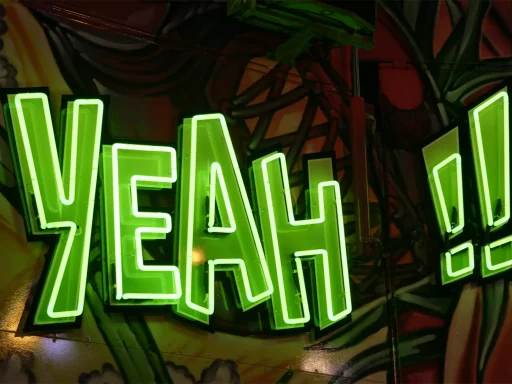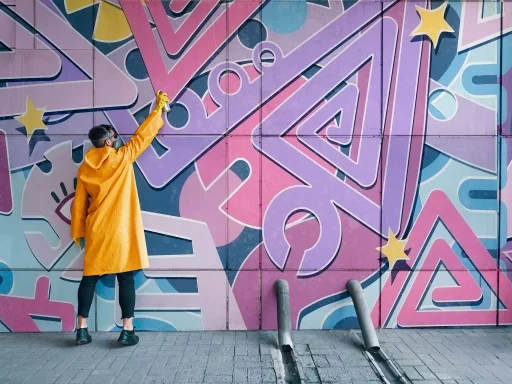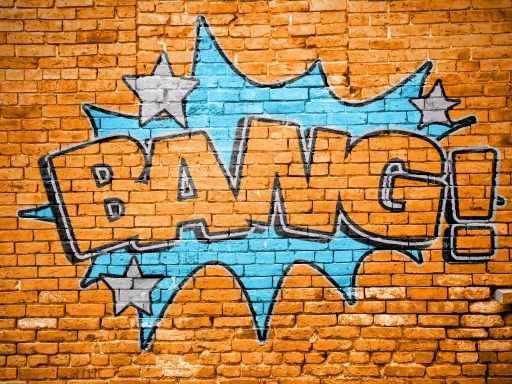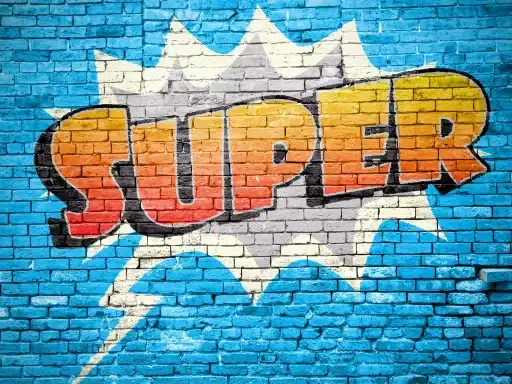Introduction to Cringe
The term “cringe” has evolved significantly over the years, transcending its initial definition to become a prominent slang term used in various social contexts. Originally referring to a physical reaction of discomfort or embarrassment, it now encompasses a broader array of emotional and social experiences, particularly in online culture.
Defining Cringe in Slang
In modern slang, “cringe” refers to feelings of secondhand embarrassment that arise from someone else’s actions or statements. It can denote a reaction to something perceived as socially awkward, overly enthusiastic, or out of touch. The term can be used positively or negatively, depending on the context.
Examples of Cringe in Everyday Life
- Social Media Posts: A user posts a photo of themselves trying to be funny, but the caption falls flat, causing others to react with “cringe”.
- Awkward Conversations: A friend shares an embarrassing story that prompted silence instead of laughter, leaving others feeling awkward.
- Outdated Trends: When someone tries to revive a trend that has long gone out of style, it can elicit feelings of cringe from others.
Case Studies: The Psychology Behind Cringe
Recent studies have begun to explore the psychology and social implications of what makes something “cringe-worthy.” For instance, individuals appear to have decreased empathy for those who display socially awkward behavior. This phenomenon suggests that many people subconsciously distance themselves from actions that disrupt their perceived social norms.
A popular case study involves the reactions to certain viral videos featuring individuals attempting various challenges or trends. Many viewers experience what has been termed “cringe-viewing,” where they watch content not for enjoyment but to witness the discomfort of the participants. This has been particularly evident in reality TV shows, where contestants often engage in embarrassing or outrageous behavior.
The Role of Memes and Internet Culture
Memes have played a massive role in propagating the concept of cringe. Websites like Reddit, Instagram, and TikTok are rife with cringe compilations that showcase those cringe-worthy moments, often shared for the entertainment of others. This cycle has not only sparked hilarious interactions but has also turned individuals into online celebrities due to their memorable cringe experiences.
- Examples of Viral Cringe Content:
- “Cringe Compilation” videos on YouTube featuring various awkward social moments.
- Funny TikTok challenges that intentionally provoke a cringe reaction.
Statistics About Cringe Culture
According to a recent survey conducted by a digital marketing agency, approximately 68% of internet users between the ages of 18-30 have shared a post or a meme indicative of the cringe genre. Here are some more eye-opening statistics:
- Over 50% reported consuming cringe-related content weekly.
- 35% said they often enjoy cringing at others’ misfortunes as a coping mechanism during stressful times.
- In a study from the Journal of Social Psychology, 78% of respondents expressed that watching cringe content helped them feel better about their own social abilities.
Cringe: A Double-Edged Sword
While cringe culture can promote laughter and camaraderie, it’s essential to acknowledge its potential downsides. The rapid growth of the cringe genre often leads to bullying or mockery, targeting those who may have made genuine attempts to engage with others or express themselves creatively.
It’s crucial for individuals to strike a balance between enjoying cringe-worthy content and maintaining empathy for those on the receiving end. Respect and understanding can help mitigate the negative effects of initially humorous moments.
Conclusion
The evolution of the term “cringe” within slang reflects broader social and cultural trends, particularly in our digital age. From invoking secondhand embarrassment to becoming a genre of entertainment, cringe has ingrained itself into modern vernacular. As with many linguistic changes, awareness and context are key to navigating this nuanced term’s meanings and implications.






